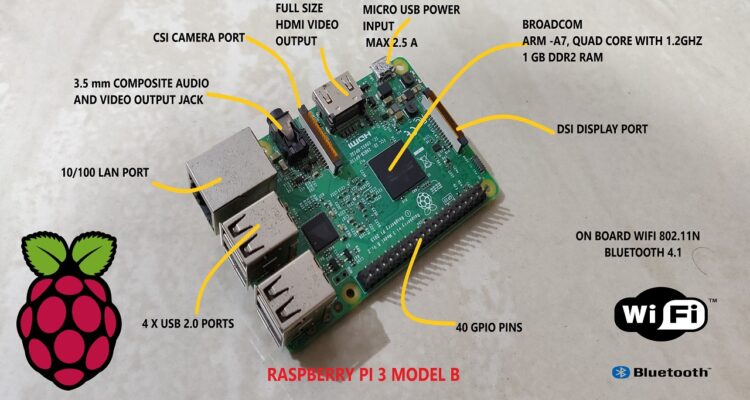If you have started with Raspberry Pi that means you must have imaged the OS file onto your SD card and booted your system with Raspbian OS.
Raspberry Pi works on Linux operating system despite it has interface similar to Windows operating system. There are many other operating systems officially available for Raspberry Pi system and it supports Python coding environment.
There are two user “modes” you can work with in Linux. One is a user mode with basic access privileges, and the other is a mode with administrator access privileges (AKA super user, or root). Some tasks can’t be performed with basic privileges, so you’ll need to enter them with super user privileges to perform them. You’ll frequently see the prefix sudo before commands, which means you’re telling the computer to run the command with super user privileges.
Some of the most important commands every Raspberry Pi starter should know are as follows:
General commands:
- apt-get update: Install the latest packages required to run the system on the latest version.
- apt-get upgrade: Upgrade all the packages you have installed in your system.
- clear: Clears the previous text and commands used in your command terminal.
- nano example.txt: Opens the example.txt file in Linux text editor.
- raspi-config: Opens the configuration settings menu of pi.
- reboot: To reboot your system.
- poweroff: To shut down immediately.
Display hardware information:
- cat / proc/cpuinfo: Displays information regarding Pi’s processor.
- cat / proc/meminfo: Displays information regarding Pi’s memory.
- cat / proc/version: Displays information regarding version of Pi you are using.
- free: Displays how much free memory is available.
- lsusb: Displays all USB hardware connected to your Pi.
File and directory commands:
- cd/xyz/rst: Change the current directory to xyz/rst directory.
- ls: List all files in the current directory.
Networking commands:
- ping: To check connectivity between two devices connected on a network (example ping 192.168.72.100, will send packets to the device and wait for response. It also works for website addresses.
- ifconfig: To check the status of wireless connection which you are using.
